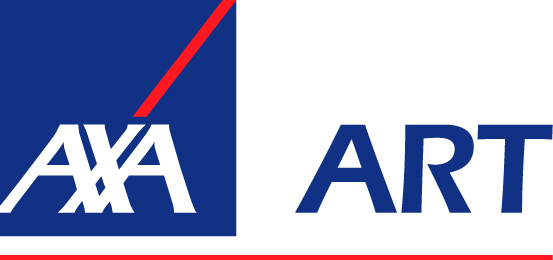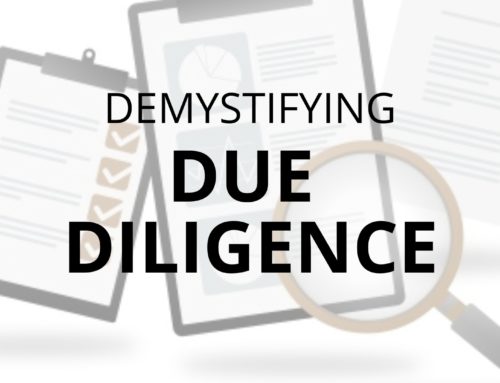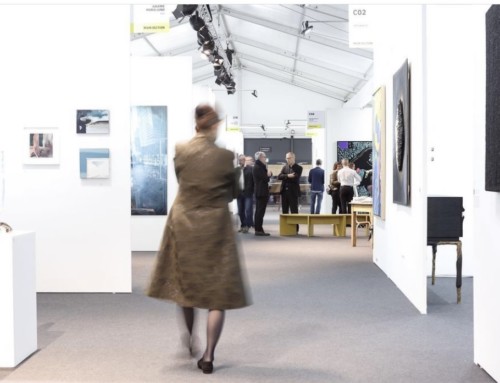
Christine Bourron founded Pi-eX in London in 2014, developing a financial derivative called the a�?Contract on Future Salesa�? or CFS. When an investor buys into CFS, they create synthetic portfolios of specific chosen artworks. a�?It allows investors to reflect their investment views and preferences without having to own the underlying assets,a�? says Bourron. Pi-eXa��s CFS is similar to what we call aA�Contract for Difference, which has just recently been approved by the FCA, the UKa��s financial authority.
For Yan Walther, the next step for his company SGS Art Services, is to put in place a department dedicated to ensuring due diligence when a work of art is acquired anywhere in the world. But it isA�Xavier Oberson, professor in Swiss and internationalA�tax lawA�at the University of Geneva, who has taken it upon himself to reinstate the now tarnished reputation of the worlda��s Free Ports. A key element of the bureaucracy of collecting art, the worlda��s Free Ports have been met with a barrage of bad press following recent scandalsa��
These tools aim to make investing in art easier and more accessible for those considering using it as an investment tool to diversify their investment portfolio. And its popularity is undoubtedly increasing; in 2014, the global art market reached a record total of overA�a��51 billion, trumping even the pre-recession figure of a��48 billion. At the same time, Artpricea��s Artmarket Confidence IndexA�is up by 16 points.




